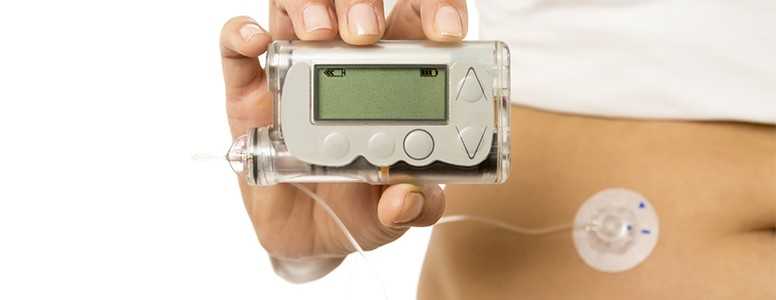A new study comparing insulin pump treatment and multiple daily injections in managing type 1 diabetes has found that the pump led to small but significant improvements in HbA1c levels as well as a higher overall quality of life.
Previous trials assessing pump therapy over other treatments in type 1 diabetes have been small, of short duration or poorly designed so far.
This new research, the Relative Effectiveness of Pumps Over MDI and Structured Education (REPOSE) study, is a large randomised controlled trial which lasted two years and provides a more objective assessment of evidence.
The trial recruited 280 adults with type 1 diabetes. All participants attended the week-long dose adjustment for normal eating (DAFNE) structured education course, so as to be on an equal footing in terms of training and support.
Researchers excluded of the study those with a strong desire for insulin pump treatment as well as those already using optimised multiple daily injections to eliminate confirmation bias as well.
The participants then went onto receive either multiple daily injections or pump therapy for two years and data was collected at the start and six, 12 and 24 months later.
The primary outcomes looked at were the change in HbA1c levels at 24 months in those whose baseline HbA1c is at or above 58 mmol/mol and the proportion of participants reaching that same HbA1c or less in two years.
Secondary outcomes measured in the study included body weight, insulin dose, and episodes of moderate to severe hypoglycemia.
Researchers also assessed overall quality of life and treatment satisfaction through incorporating a detailed psychosocial evaluation over the course of the study.
The results indicate that blood sugar control and rates of severe hypoglycaemia improved in both groups over the two year period. The latter were halved in both groups (despite lower HbA1c values), a benefit maintained over two years.
The mean change in HbA1c levels at two years was generally greater with pump treatment than with multiple daily injections and there were slightly greater reductions in insulin doses in those randomised to pump treatment.
Adjusting for variables such as centre, age, sex, and accounting for missing values, the difference was a modest −0.24 per cent (−2.7 mmol/mol) in favour of pump users.
Those with a baseline HbA1c above 58 mmol/mol, specifically, achieved a decrease in HbA1c of 0.6 per cent (7 mmol/mol) at two years.
However, in that group, there was no statistically significant differences in change from baseline to 24 months between those on pump treatment or those using multiple daily injections, nor in the proportion of participants reaching an HbA1c of 58 mmol/mol.
Most psychosocial measures showed no difference, but pump users showed greater improvement in treatment satisfaction and in some quality of life measures such as ‘dietary freedom’ and ‘daily hassle’, at 12 and 24 months.
Overall, HbA1c levels and rates of severe hypoglycemia decreased in both groups, slightly more in the pump group, but without being statistically meaningful. The pump was superior to injections in terms of benefits in quality of life and greater treatment satisfaction.




